Earth Day at Home Webquest
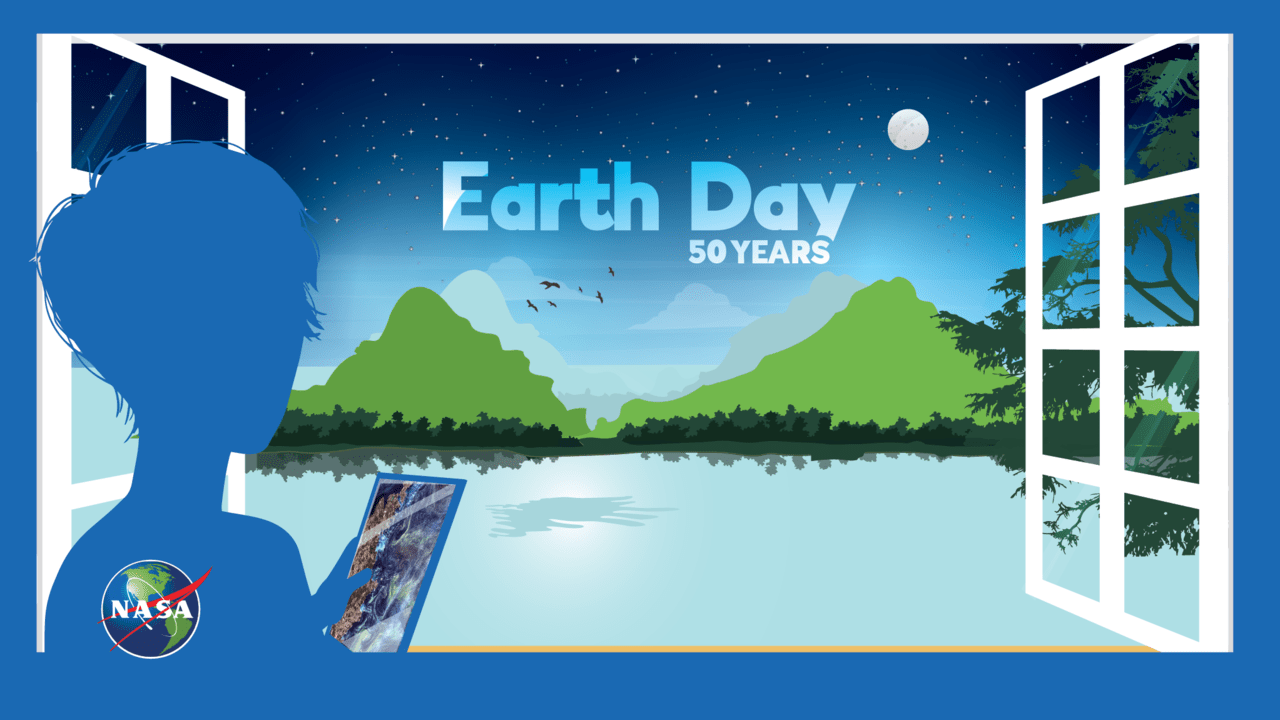
This Earth Day, go on a webquest to see how NASA helps study and protect the land, air, water, and ice. Click and explore the eleven topics below that demonstrate how NASA studies our planet's interconnected systems to better our world. Then see how much you’ve learned by taking the interactive quiz. You may want to open the quiz in a separate tab or browser window so you can answer questions as you explore the topics. Good luck!
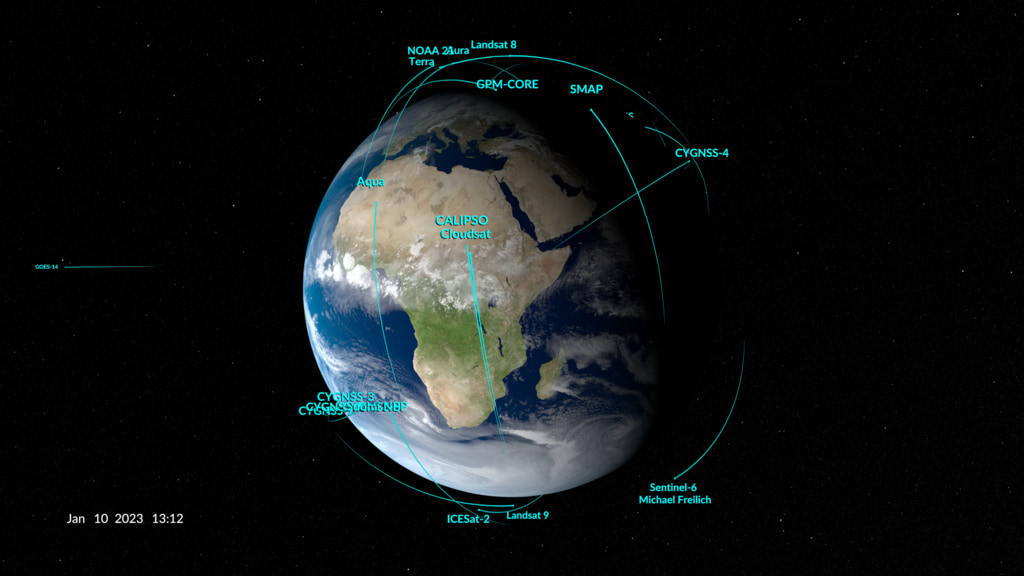
NASA’s earliest fleet of Earth-observing satellites studied clouds and weather. Now we can measure wind speed, track fires, estimate tree height and much more using satellite data. Use Earth Now to explore NASA's satellites and the data they collect. › Explore
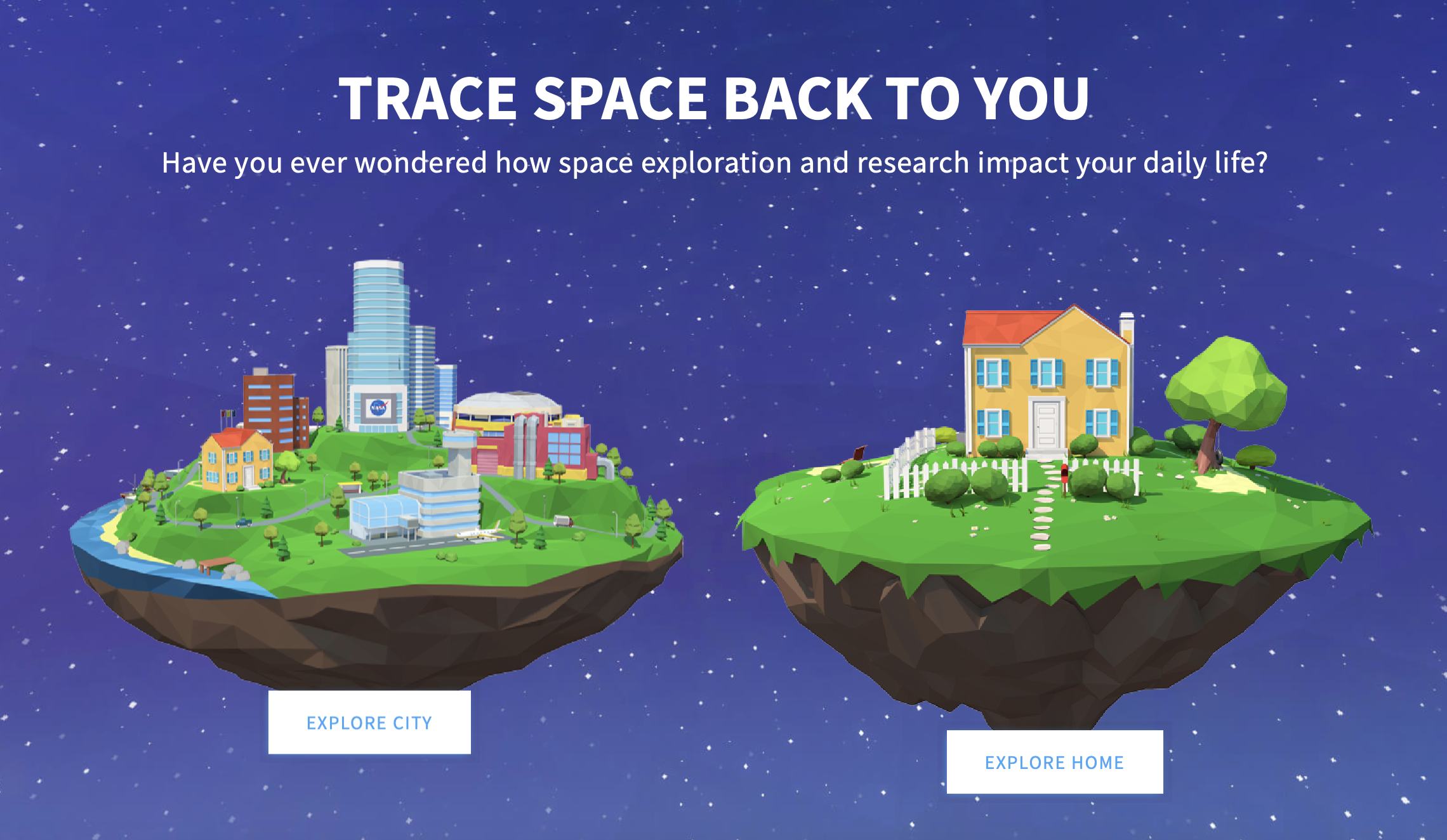
Have you ever wondered why space exploration should matter to you? Or how the work of NASA scientists and engineers affects your daily life? “Spinoffs” are commercial products and services derived from NASA technology. › Explore
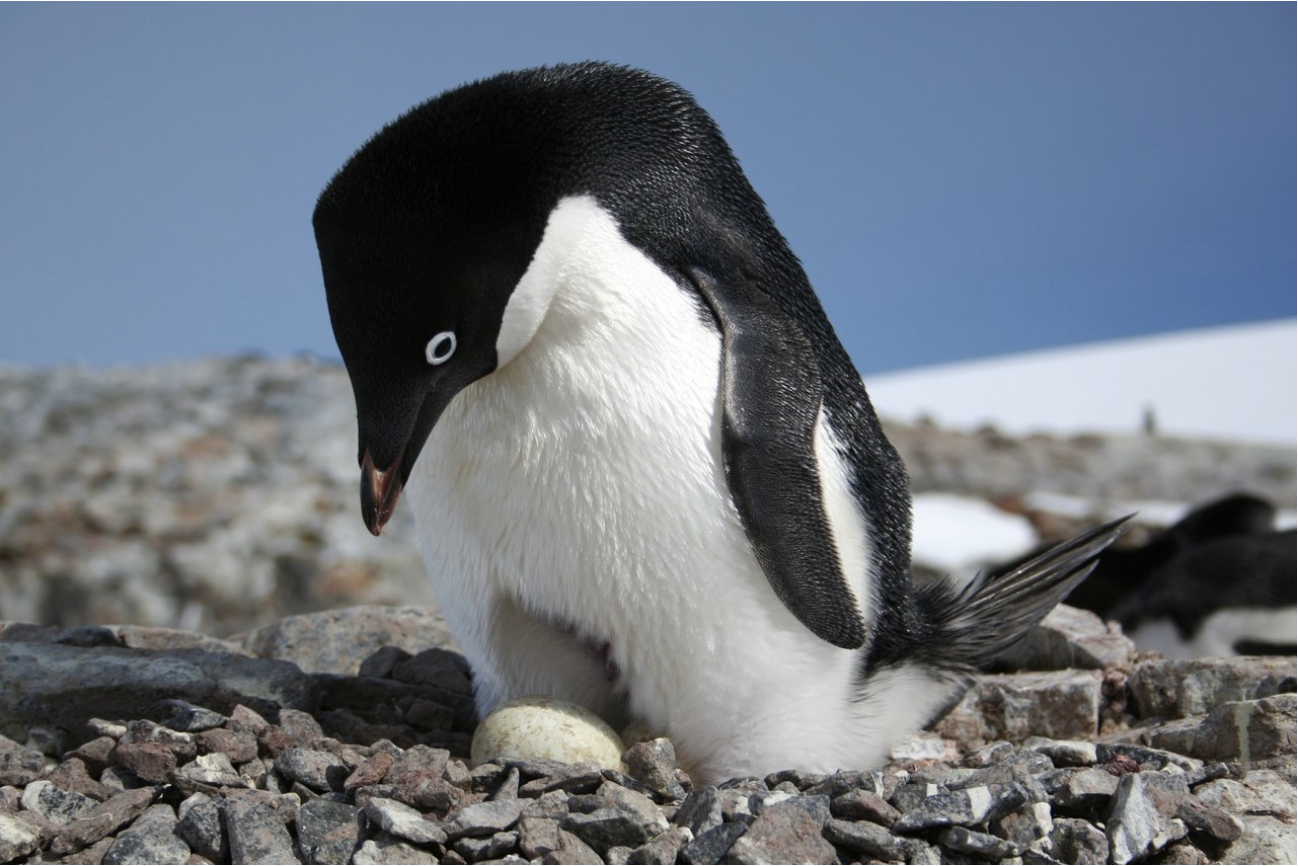
Did you know that satellite data can help scientists find penguin populations? › Explore
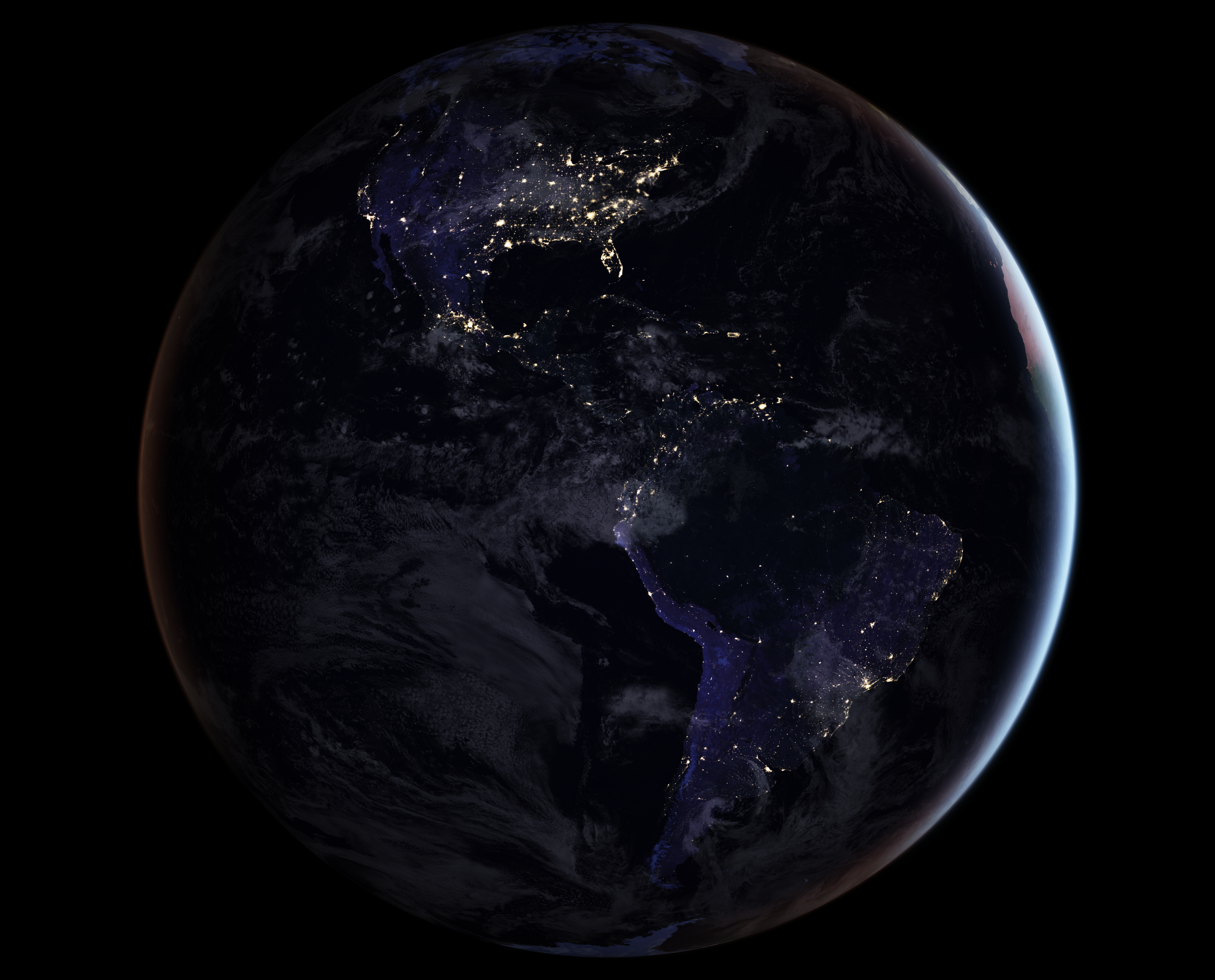
Did you know we can learn about Earth by observing it at night from space? A sensor aboard the NASA-NOAA Suomi National Polar-orbiting Partnership (NPP) satellite allows scientists to study Earth's atmosphere and surface during nighttime hours. › Explore

NASA is exploring technologies so aircraft can use electricity instead of jet fuel to power flight. See how much we are trying to reduce emissions with new electric aircraft. › Explore
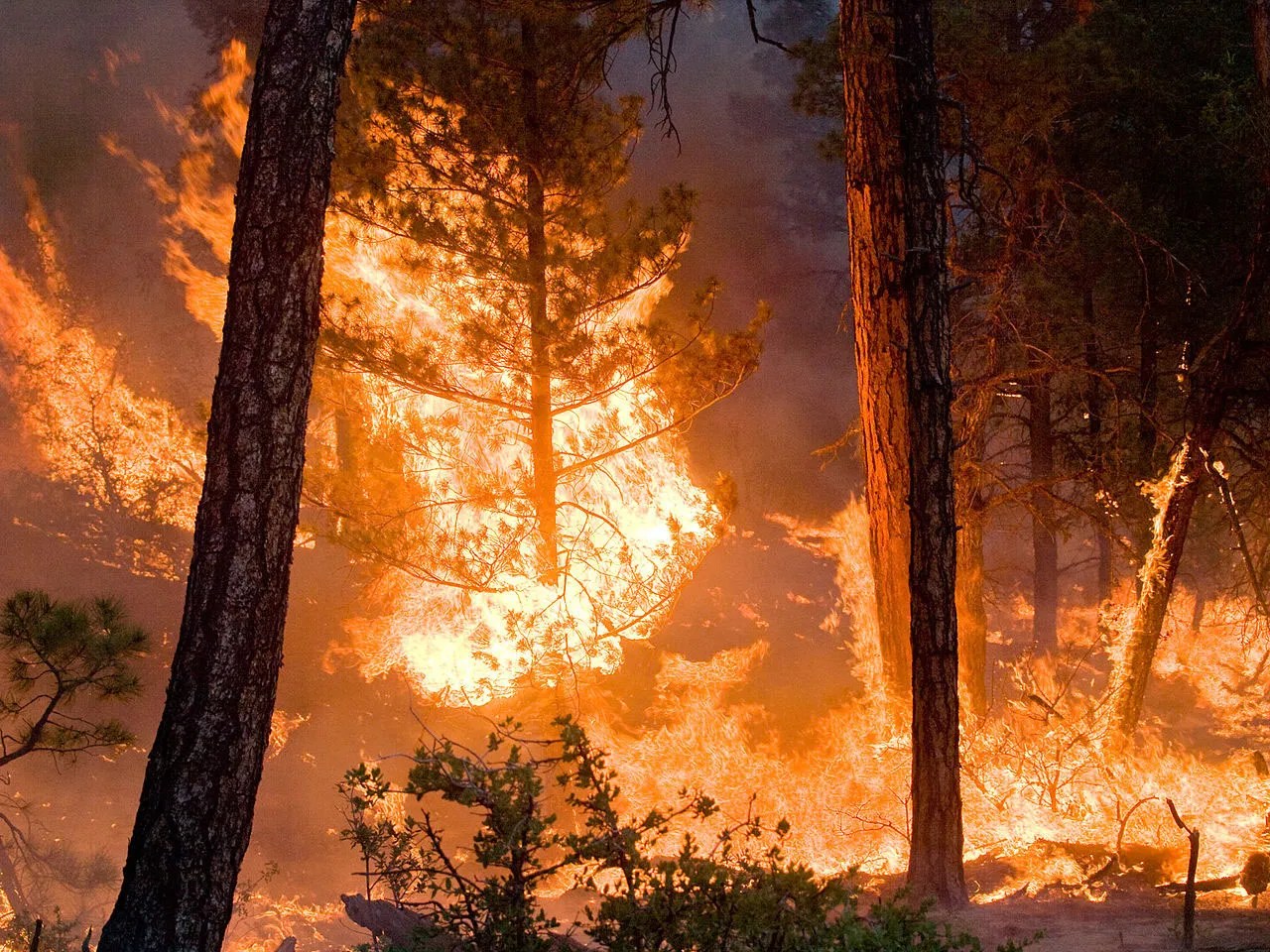
Explore how NASA uses satellites to detect wildfires around the world. › Explore
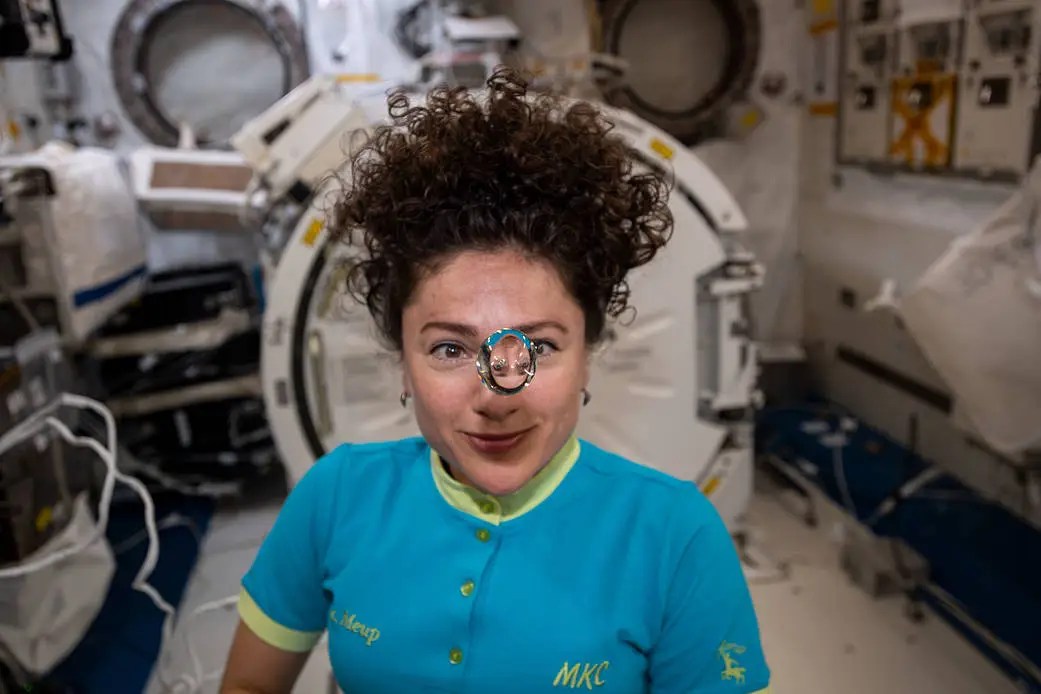
As Earth Day celebrates its 50th anniversary, the International Space Station, or ISS, celebrates its 20th year of continuous human presence in space. That's a lot of water needed to sustain astronauts. Did you know that water from unusual sources is filtered and reused on the ISS? › Explore
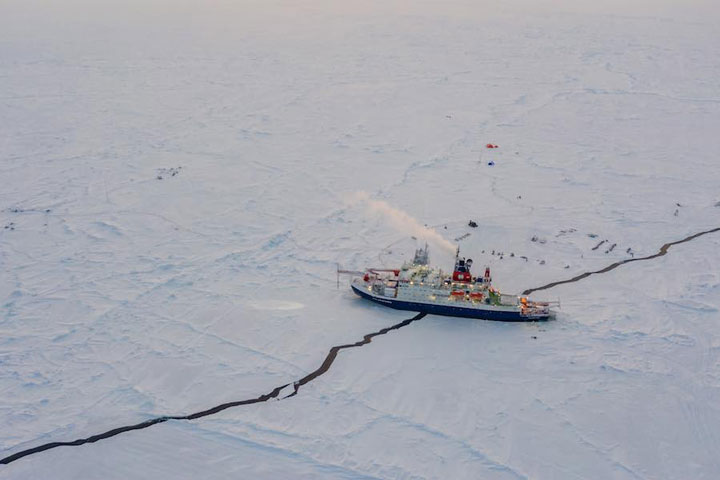
The Arctic sea ice cap is an expanse of frozen seawater floating on top of the Arctic Ocean and neighboring seas. Every year, it expands and thickens during the fall and winter and grows smaller and thinner during the spring and summer. › Explore
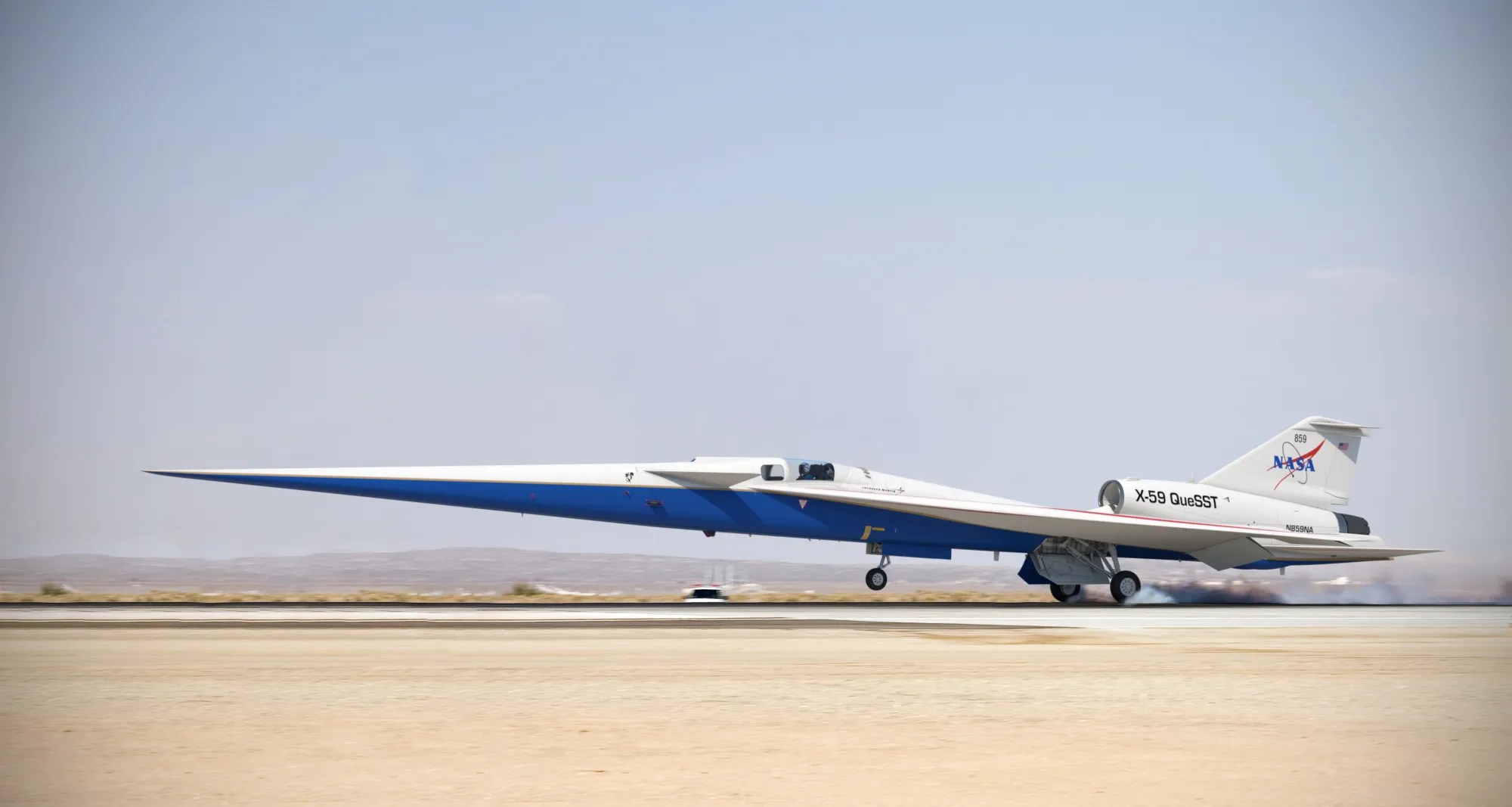
NASA is building an experimental aircraft called the X-59 for quiet supersonic flight over land. › Explore
10. Scale in the Sky
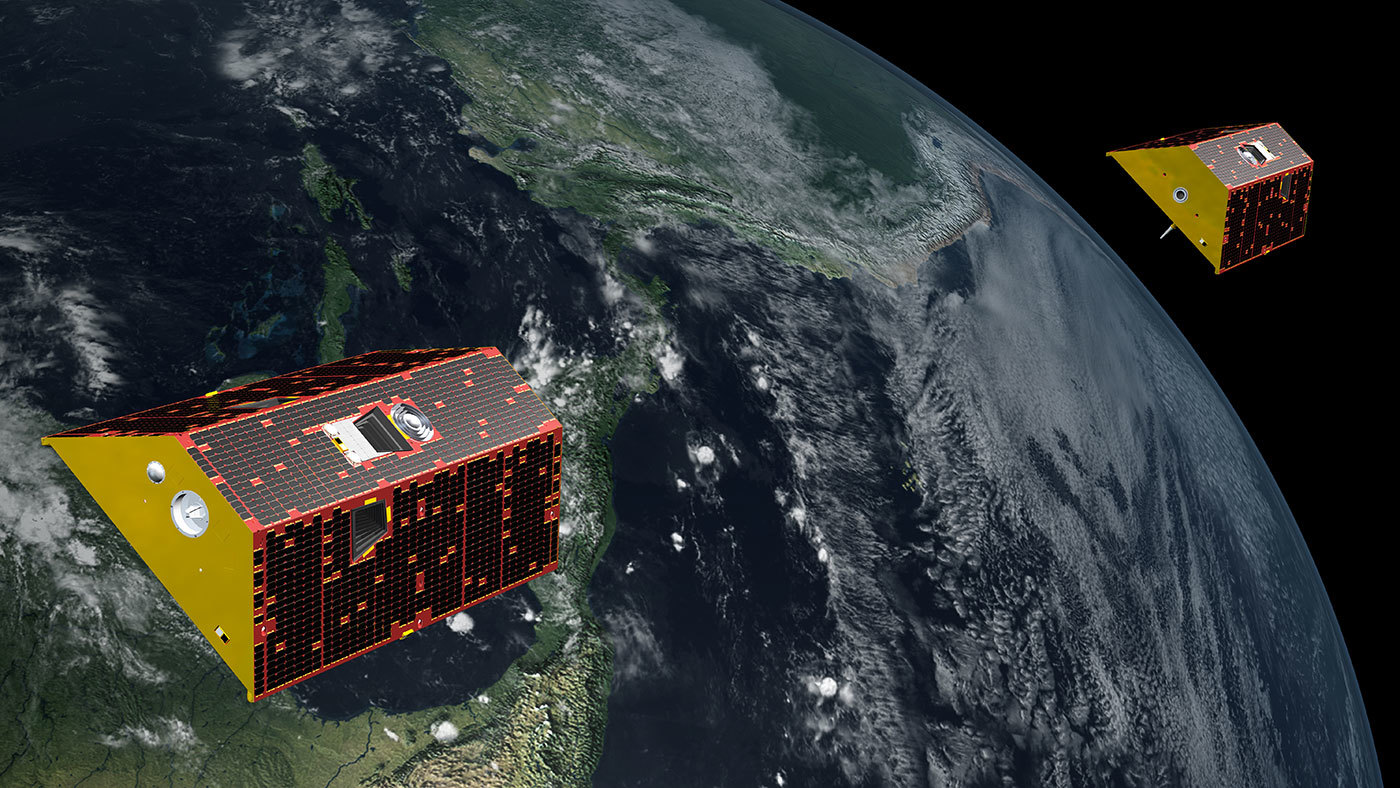
Did you know we can improve drought, flood and wildfire forecasts by monitoring changes in Earth's gravity from space? › Explore
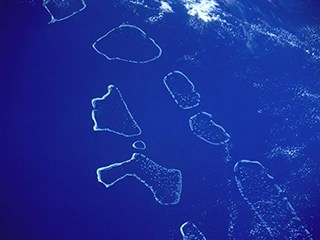
The International Space Station doesn’t just help us study space. It provides a whole new perspective on our home planet. › Explore
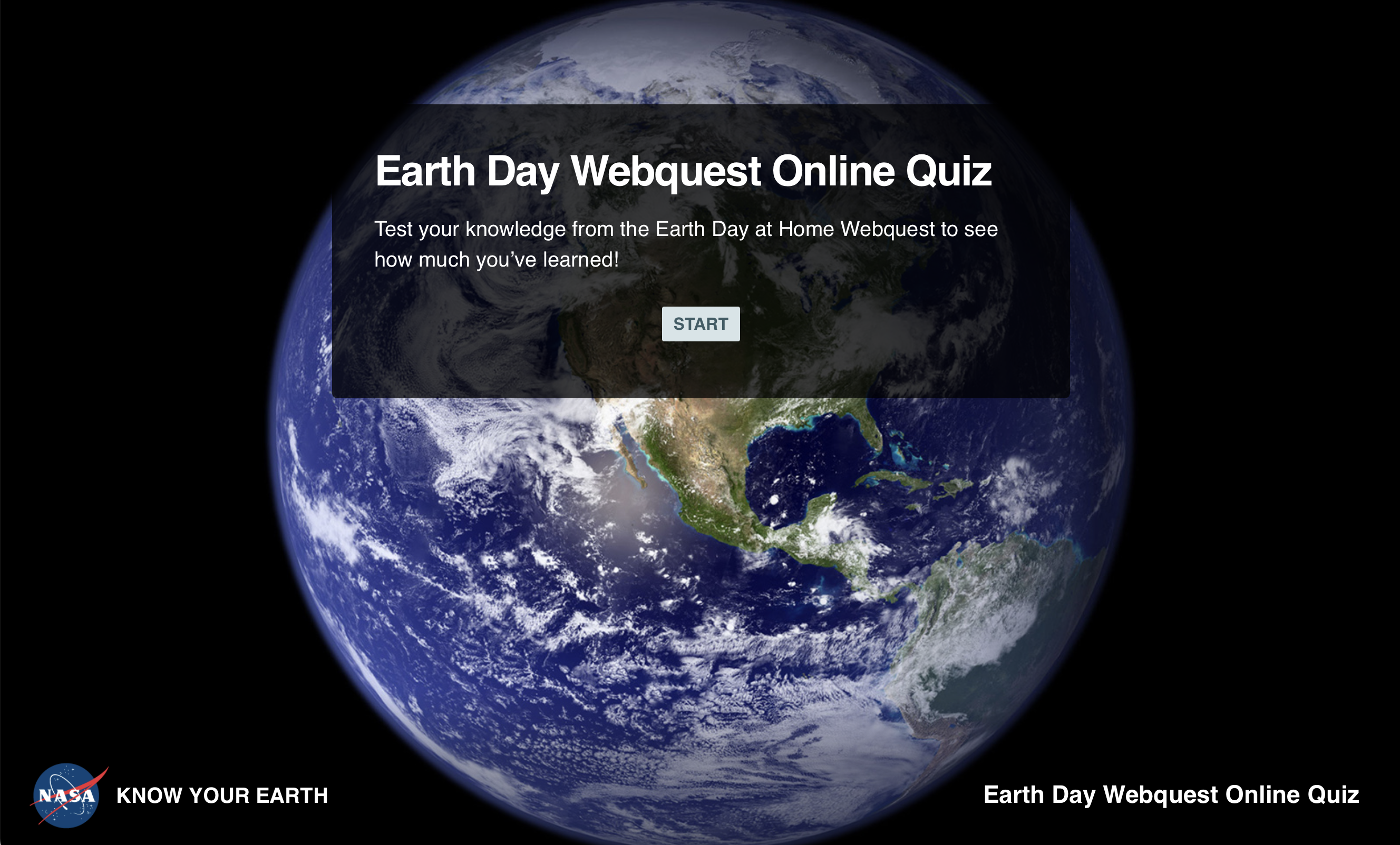
Test your new knowledge of NASA's work in Earth and environmental sciences. › Quiz




